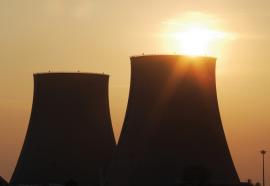Turnkey Redefined
Engineering and construction firms adapt to a changing market.
Engineering, procurement and construction (EPC) contracts are evolving as utilities seek to spread risks, contain costs, and execute their business strategies. As a result, turnkey contractors are adapting their capabilities to meet the industry’s changing needs. Leading EPC firms share their vision for a 21st century energy industry—and their role in building it.









